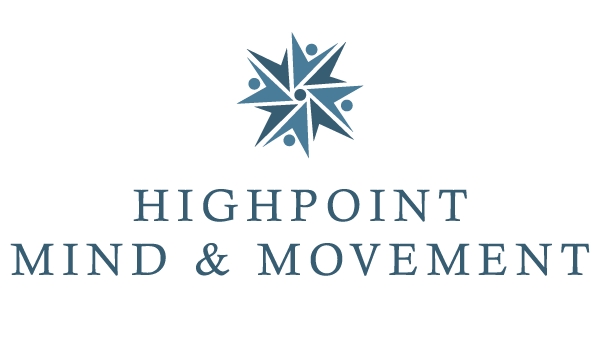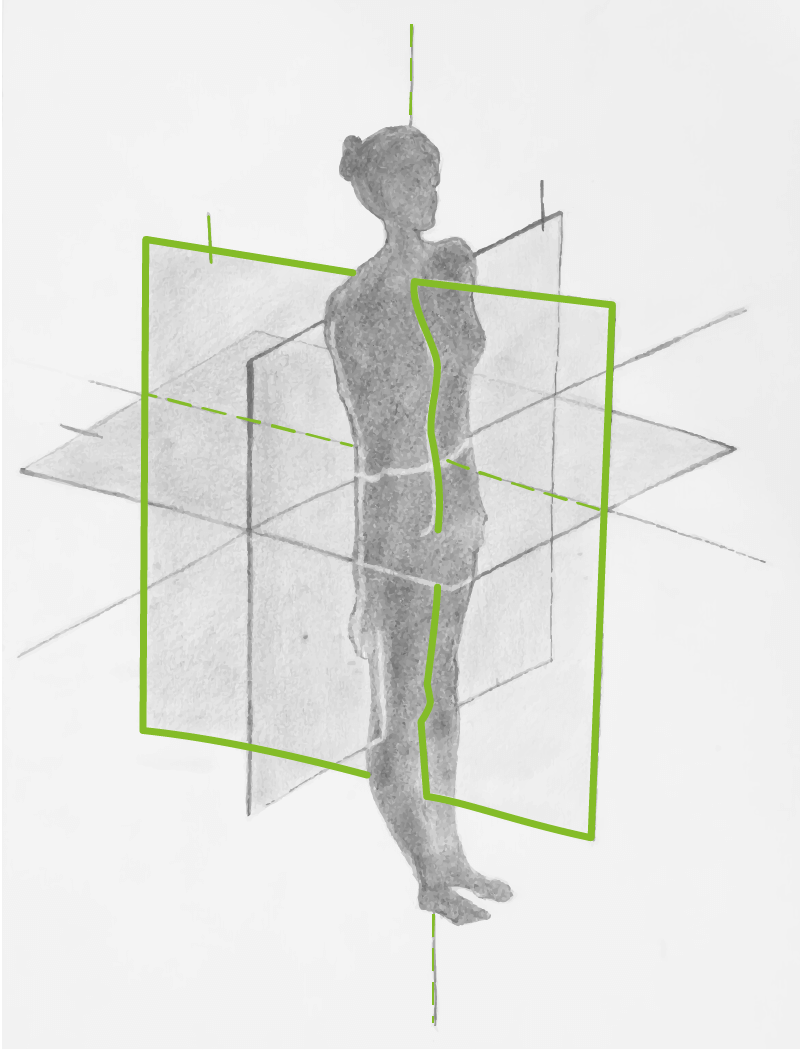The Three Dimensions of Movement & Learning
There are three categories of movement that correlate with the anatomical divisions of the body: forwards/backwards – the Sagittal Plane, which divides the body left and right; rotational – the Transverse Plane, which divides the body top and bottom; and sideways – the Coronal Plane, which divides the body front and back. The movements associated with these anatomical divisions are used by personal trainers to strengthen the body in a balanced manner to optimize the function of the muscular system.
In the Brain Gym® model, we approach the anatomical planes from a different perspective. We work with The Three Dimensions of Movement and Learning by activating the neural connections across the anatomical planes to strengthen brain-body systems and optimize the function of neural networks. The Three Dimensions – Laterality, Centering, and Focus – were identified and defined by Paul and Gail Dennison* as being associated with specific movement patterns, central to each dimension, that support learning, behavior, emotions, physical balance, and full body coordination.
The Laterality Dimension (left-right) crosses the Sagittal Plane and is associated with the two hemispheres of the brain, small motor movement, thinking, and communicating. The Centering Dimension (top-bottom) crosses the Transverse Plane and is associated with the mid-brain and neocortex, an erect, stable body, and the organization of things, thoughts, and feelings. The Focus Dimension (front-back) crosses the Coronal Plane and is associated with the pre-frontal cortex and the brain stem, how we move through space, focus, attention, and motivation.
Each of the Three Dimensions is named based on the function it represents, and, together, are the foundation of Whole Brain Integration.
Laterality Dimension
LEFT–RIGHT
Laterality refers to the communication pathways between the left and right hemispheres of the brain. The fluid exchange of neural information across this central midline of the body (left and right) is needed for speaking, listening, reading, writing, and the ability to think and move simultaneously.
Centering Dimension
TOP–BOTTOM
Centering refers to the balanced flow of energy toward and through our gravitational center, about midway between the top and bottom of the body. As energy moves easily between the brain and body, we experience a release of tension and increased physical, mental, and emotional stability.
Focus Dimension
FRONT–BACK
The Focus Dimension relates to the coordination of neural information between the front and back regions of the brain, which allows us to attend to a specific task or thought. With a balanced flow of energy in this dimension, we experience increased mental, emotional, and sensory awareness and participation.
* The Three Dimensions of Movement and Learning were identified by Paul E. Dennison, Ph.D. and wife and partner, Gail E. Dennison, developers of Brain Gym®.



